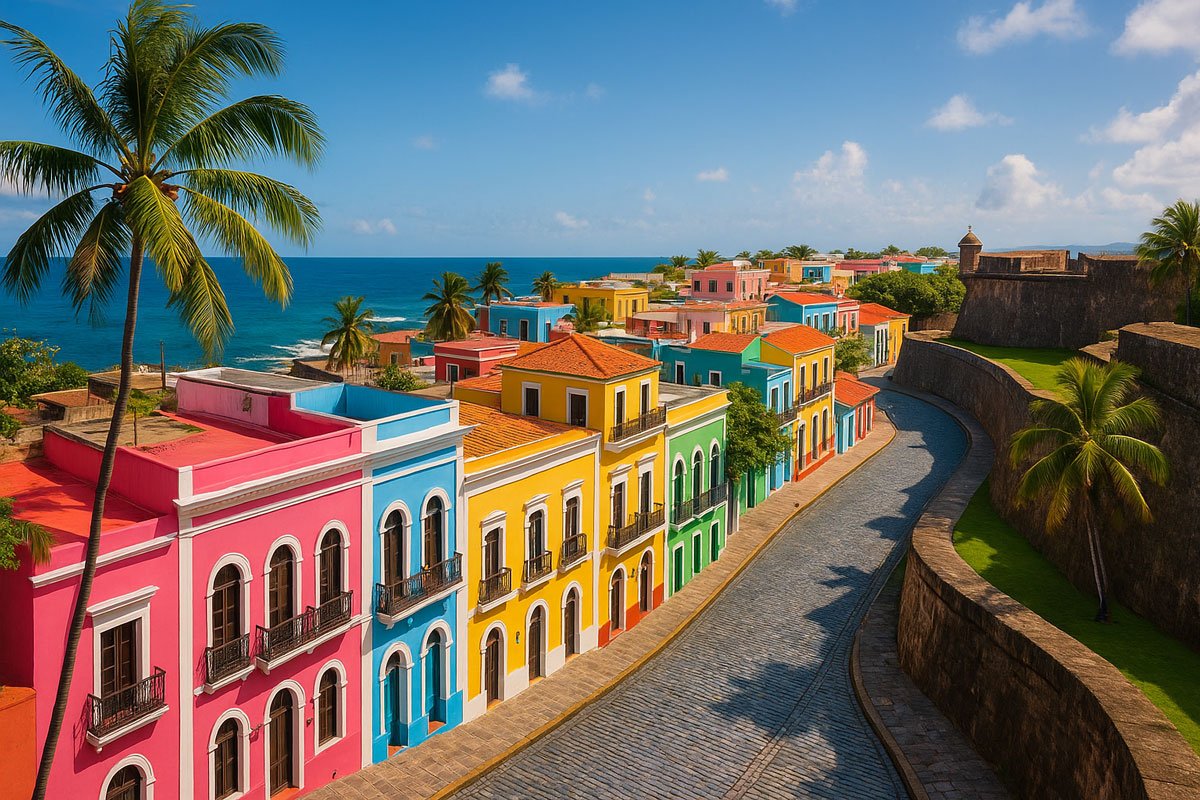Table of Contents
ToggleWhat is the Plano Plurianual?
In Brazil, mapping out the future of the nation isn’t a matter of guesswork. It’s a structured process guided by a pivotal government instrument: the Plano Plurianual (PPA). This multi-year plan acts as the official roadmap for the federal government, outlining its strategic direction for a four-year term.
But the PPA is far more than a simple list of suggestions. It is a powerful legal tool that actively shapes public policy and directs massive investments, making sure the government’s work stays on a consistent and predictable path.
A Constitutional Mandate for Mid-Term Planning
The authority of the Plano Plurianual comes directly from Brazil’s 1988 Constitution. This constitutional mandate makes it a required tool for public administration, connecting the country’s long-term ambitions with the concrete actions laid out in yearly budgets.
Its four-year cycle has a clever design. A new PPA is created in the first year of a president’s term, but it extends to cover the first year of the next president’s term. This intentional overlap is a mechanism for stability, designed to prevent drastic and disruptive policy changes when a new administration takes office.
The Architecture of the Plan
Crafting the Plano Plurianual is a detailed undertaking that involves different branches of government and, more recently, the Brazilian public. The process begins with a proposal from the executive branch and becomes law only after approval from the National Congress.
This deliberate structure ensures the final plan is a balance between the administration’s strategic goals and the legislative branch’s representative oversight.
From Presidential Draft to Congressional Approval
The journey of the PPA traditionally begins inside the federal ministries, led by the Ministry of Planning and Budget. This initial draft lays out the core guidelines, objectives, and targets that will define the government’s focus for the next four years.
After this internal phase, the proposed plan is sent to Congress. There, it undergoes a period of debate and amendment before it can be voted into law. This legislative review is a fundamental part of the process, serving as a democratic check on executive power.
The Rise of Public Participation
In a significant shift, the creation of the Plano Plurianual has become a far more open and democratic affair. The government has made a concerted effort to bring the voices of everyday citizens, social movements, and civil society organizations into the planning process.
This move toward inclusivity is most visible in new mechanisms like state-level public meetings, where citizens can debate proposals directly, and the Interconselhos Forum, which gathers expertise from various policy councils.
Inside the 2024-2027 Plano Plurianual
The current PPA, which runs from 2024 to 2027, is a landmark in Brazilian governance. It is defined by its ambitious social and environmental goals and, most notably, by the unprecedented scale of public participation that shaped it.
This isn’t just a plan on paper; it’s a bold statement about the future, outlining a path toward a more equitable and sustainable Brazil.
Key Priorities and Historic Investments
The 2024-2027 Plano Plurianual is focused on six central priorities. These range from fighting hunger and reducing inequality to boosting education and healthcare, and from combating deforestation to confronting the climate crisis. It also includes a strong push for reindustrialization and a massive infrastructure program called the New Growth Acceleration Program (PAC).
Brasil Participativo: A New Era of Digital Democracy
One of the most exciting innovations of the latest PPA is the Brasil Participativo digital platform. This online portal gave citizens a direct line to the government, allowing them to submit their own ideas, vote on priorities, and have a real impact on the final plan.
The public response was massive. The platform saw over 4 million visits and collected more than 8,000 citizen-led proposals. In a powerful demonstration of this new influence, over 76% of the most popular proposals were integrated into the official PPA, heralding a new age of digital democracy in Brazil.
Why the Plano Plurianual Matters
Beyond being a complex budgeting instrument, the Plano Plurianual is a cornerstone of Brazil’s democratic health. It creates a vital framework for transparency and gives the public a tool to hold the government accountable for its promises.
For citizens, advocacy groups, and even businesses, the PPA provides a clear and accessible guide to the government’s agenda, enabling more effective engagement and planning.
Ensuring Accountability and Government Stability
By establishing clear, measurable goals, the PPA makes it possible to evaluate the government’s performance. This transparency is the bedrock of accountability, allowing the public and watchdog organizations to monitor progress and demand that the government deliver on its commitments.
At the same time, the plan’s multi-year structure is a force for stability. Because it bridges presidential terms, it helps protect long-term projects from being derailed by political turnover, creating a more predictable and reliable environment for development.
Navigating the Challenges
For all its strengths, the Plano Plurianual is not a perfect system. The immense challenge of creating and executing such a wide-ranging plan comes with a number of practical and political obstacles.
Observers often point to issues like compressed timelines and the difficulty of making sure the participatory process truly reflects the full diversity of the Brazilian population.
From Implementation Gaps to Representation Issues
A frequent criticism revolves around the “implementation gap”—the risk that the plan’s lofty goals won’t be met due to budget shortfalls or bureaucratic hurdles. The condensed schedule for public input is another concern, as it can limit how deeply citizens are able to engage.
Fair representation also remains a key challenge. With public meetings often centered in state capitals and a process reliant on a digital platform, there’s a real risk of leaving out people in rural areas or those with limited access to technology. Closing this participation gap is essential for the plan’s democratic legitimacy.
The Future of Brazilian Governance
The Plano Plurianual is much more than a static government report. It is a living document that reflects the continuous conversation between the Brazilian state and its people.
As it continues to evolve and embrace new forms of public input, the PPA provides a compelling example of how strategic planning can be a tool for deepening democracy.
A Blueprint for Participatory Democracy
In the end, the PPA stands as a powerful blueprint for a more participatory and responsive government. It proves that it is possible to weave citizen voices into the fabric of national planning, even in a country as large and complex as Brazil.
By giving people a genuine stake in the decisions that will define their future, the Plano Plurianual is helping to build a more inclusive and democratic Brazil, one four-year plan at a time.













